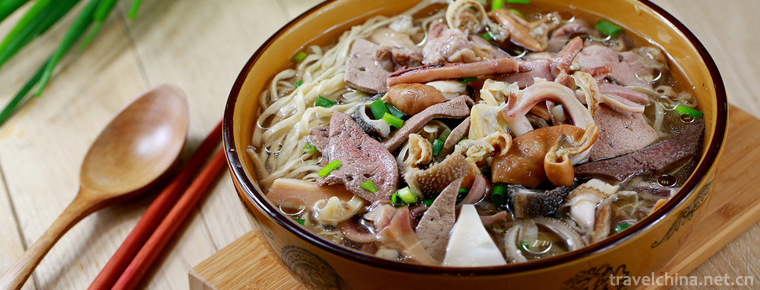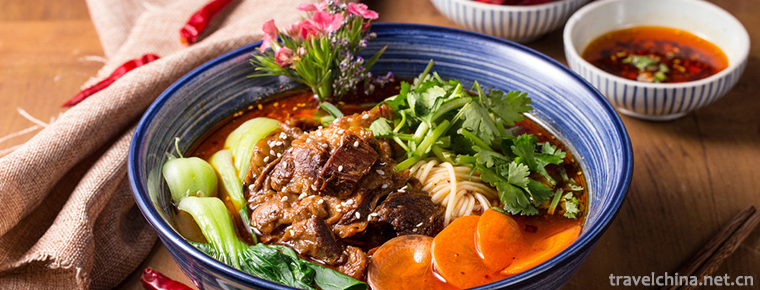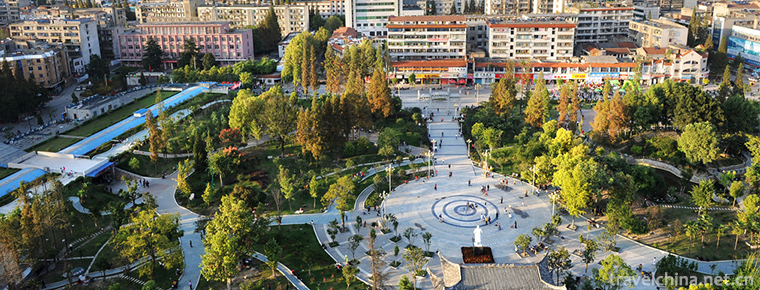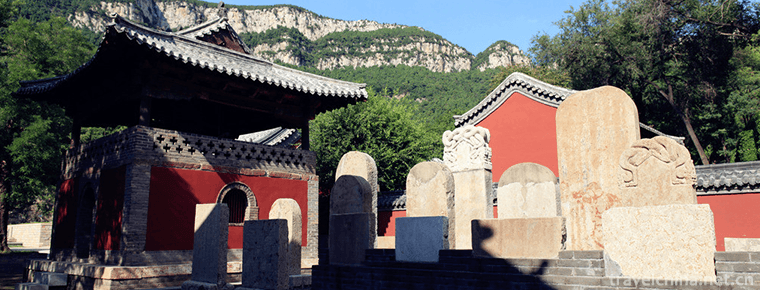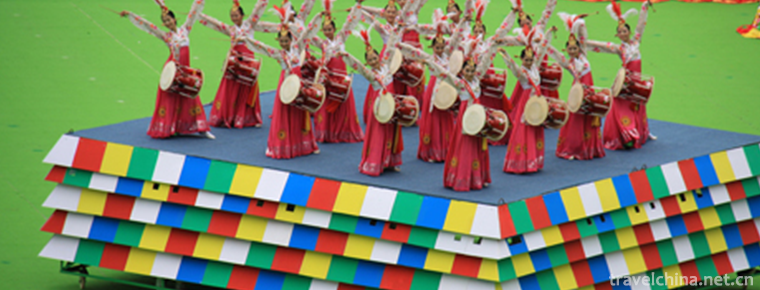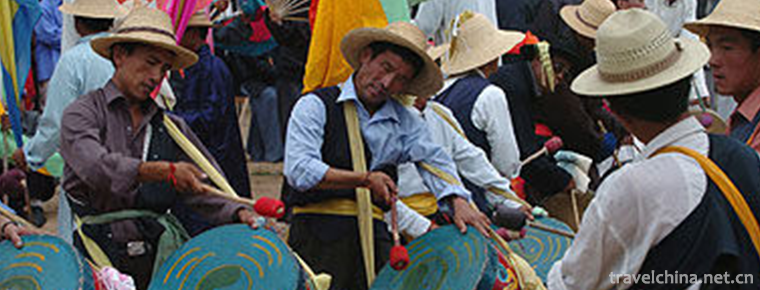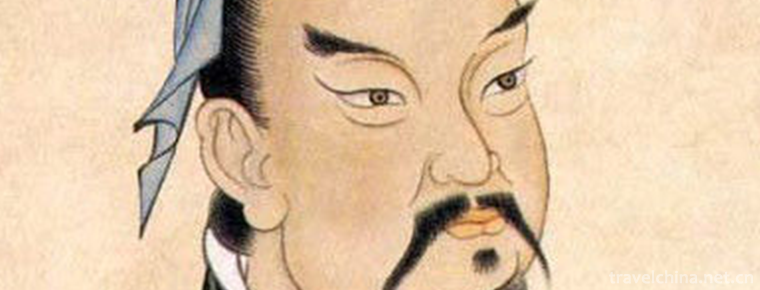Jinhua Alsophila Nature Reserve
Jinhua Alsophila Nature Reserve
Jinhua Alsophila spinulosa nature reserve is a provincial nature reserve approved by Sichuan Provincial People's Government in 1987. In sifangjinggou, Jinhua Township, 48 kilometers southwest of Rongxian City, there is a "living fossil" Alsophila spinulosa, also known as tree fern, which appeared in the Carboniferous, about 300 million years ago, and 100 million years earlier than dinosaurs. It is one of the eight national first-class key protected plants. Some data show that Alsophila spinulosa is a precious ancient plant, which is only scattered in China in the world. Jinhua Township in Rong County, Zigong is one of the few areas where Alsophila spinulosa is concentrated in China.
brief introduction
Jinhua Alsophila Nature Reserve was officially established in October 1986 with the approval of Sichuan Provincial People's government. The reserve covers a total area of 2200 mu, of which the tourism development zone covers an area of 1200 mu, with rich water resources. The Alsophila spinulosa group, composed of more than 16000 Alsophila spinulosa trees, is located in a deep mountain canyon, with a distribution area of 4 km. The average plant size is 2-3 m, the highest is 6-7 m, and the trunk diameter is 20-30 cm.
Alsophila spinulosa has a unique and beautiful shape. The top of the trunk is radiated with leaves, like a phoenix tail. Some grow independently, and some two or three trees are combined. The branches are luxuriant and cover the sky and the sun, forming a very beautiful landscape.

-
Pig liver Noodles
made from noodles, pig bones, fresh pig liver and other main ingredients.
Views: 258 Time 2018-10-12 -
Lanzhou handpulled noodlesLanzhou Beef Noodles
Lanzhou beef noodles, also known as Lanzhou clear soup beef noodles, is one of the "top ten noodles in China", and is a delicious snack in Lanzhou area of Gansu Province.
Views: 123 Time 2018-11-02 -
Zhongshan Park
Zhongshan Park is located in the south of the Forbidden City (Palace Museum) in the center of Beijing, west of Tian'anmen, and separated from the Palace Museum..
Views: 117 Time 2018-12-22 -
Lingyan Temple in Jinan
Lingyan Temple, built in the Eastern Jin Dynasty, has a history of more than 1600 years. Located in the north foot of Mount Tai in the southwest of Jinan City, Shandong Province.
Views: 246 Time 2019-02-03 -
Korean Chief Inspiration
Long drum dance, also known as "stick drum dance", is a dance often danced by Chinese Korean people for self-entertainment and entertainment. Long drums have two sides.
Views: 137 Time 2019-04-16 -
Gold and Silver Fine Craft
Gold and silver fine craftsmanship, Huangpu District of Shanghai, Nanjing City of Jiangsu, Jiangdu traditional handicraft, one of the national intangible cultural heritage..
Views: 207 Time 2019-05-07 -
Naton Festival of the Turkish Nationality
Naton is a temple fair where the Tu people in Sanchuan area of Minhe County, Qinghai Province perform Nuo Dance (the first dance) and Nuo Opera (the mask dance) in order to dispel diseases and calamit.
Views: 251 Time 2019-06-23 -
Yi Folk Songs
Yi folk song is an important carrier of Yi culture and one of the most important forms of inheriting Yi culture. It records the history, science, production and life, traditional customs, philosophy, .
Views: 213 Time 2019-07-12 -
Printing Mud Making Skills
Lu'an Indian Mud is a traditional handicraft in Jing'an District of Shanghai. It was initiated by Zhang Lu'an. The process is complicated and the finished product is kept for a long time. The printing.
Views: 354 Time 2019-07-13 -
Sun Tzu
Sun Wu (about 545 BC - about 470 BC), long Qing, late spring and autumn. Qi State Le An (today) Shandong ProvincePeople in the North 。 China's famous military strategist and statesman in the spring an.
Views: 191 Time 2019-09-04 -
Huahu Lake
Huahu is located on the 213 national road between Ruoergai in Sichuan Province and Langmu temple in Gansu Province. It is a natural Haizi on the grassland of GER dam. Geer dam is the second largest grassland in China after Hulunbeir Grassland.
Views: 146 Time 2020-11-07 -
The changing style of Cheongsam
After a hundred years of evolution, with the change of people's life style and aesthetic taste, cheongsam has developed a variety of styles, which makes people dazzled. In the golden age of the development of Cheongsam in the 1930s and 1940s, the styles of cheongsam changed .
Views: 309 Time 2020-12-11
